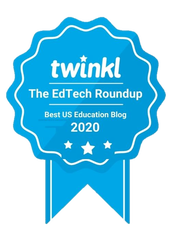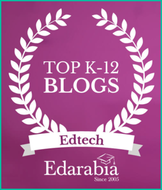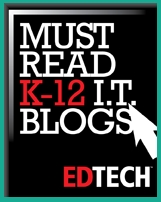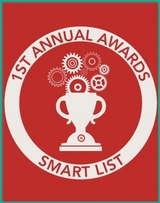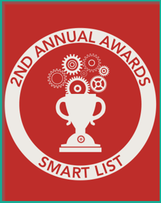
We all recognize that technology plays an essential role in our classrooms, but how do we do it without becoming overwhelmed?
Teachers can put a few vocabulary words or concepts on an overhead projector or LCD screen for students to consider, or they can have students reflect on the previous day’s lesson. But what about letting them use their phones to compete in a timed, online quiz that lets everyone see in real time how they ranked in the class?
Kahoot lets you find and create quizzes for students to take. The class receives real-time results, and students have fun competing with each other to get the right answers. Plus, it’s free. Every day, my first period students beg me to start the class with a Kahoot quiz.
As the period moves on, I have my students go to my class website as we discuss the latest concepts, which leads them to more links or to Blendspace. Blendspace is a great tool to compile digital tools into one lesson plan. It’s a great way to move through the period with warm-ups, transitions, activities and exit tickets. All the information is in one place, and it is easy for the students to follow along on their own devices. I ensure that they stay on task through “guided use of these devices in [the] classroom.”1
If these two tools sound great to you, and you want to start bringing technology into your classroom and lesson plans, here are a few things to keep in mind:
- Start small. Don’t try to tackle all of the technology at one time. You will become overwhelmed and your students will be confused. Start with a simple Kahoot game, or have your students join your Edmodo class — a great tool that allows students to communicate digitally with other students and their teacher. It can be used to take short quizzes, turn in assignments and answer questions in real time.
- Utilize your library media specialist. They are the experts in digital literacy and know how to teach you and your students ethical and effective ways of using technology in the classroom. “Librarians are teachers with a direct link to digital citizenship and how to use the Internet for research … librarians [are necessary] to fully embrace … digital citizenship framework and incorporate proper methodologies into … lessons.”2
- Be flexible and patient. The website won’t load? The video in your Blendspace isn’t playing properly because of Internet connectivity? Learn to always have a backup in case things go wrong. It doesn’t mean we should ditch technology all together, but understand that not everything is reliable all of the time.
Feel like you can start? Keep in mind, if you use technology, use the devices and websites you know, use it often and plan it well. Ease yourself into it and understand when technology is sometimes better than the “practices from the traditional educational model.”2 Our students are learning content in new and exciting ways, and it is up to us to move forward with 21st-century skills. We know there is so much more we can do to enhance learning through technology. This is just the beginning. We are merely turning on the computer. Now we have to figure out how to use it.
About the Author:
Jill Stone is a high school library media specialist with five years of teaching experience, and is a writer for Inside USC Rossier, the blog for USC Rossier School of Education's online teaching degree. She currently resides near Baltimore, MD, and loves to teach both students and teachers about educational technology.
Resources
1. Mango, Oraib, PhD. "iPad Use and Student Engagement in the Classroom." TOJET: The Turkish Online Journal of Educational Technology 14.1 (2015): 53-57. ERIC- Education Resources Information Center. Web. 20 May 2015. <http://eric.ed.gov/?q=iPad+use+and+student+engagement+in+the+classroom&id=EJ1057341>.
2. Schad, Lenny. Bring Your Own Learning: Transform Instruction with Any Device. Washington D.C.: International Society for Technology in Education, 2014. Print.






